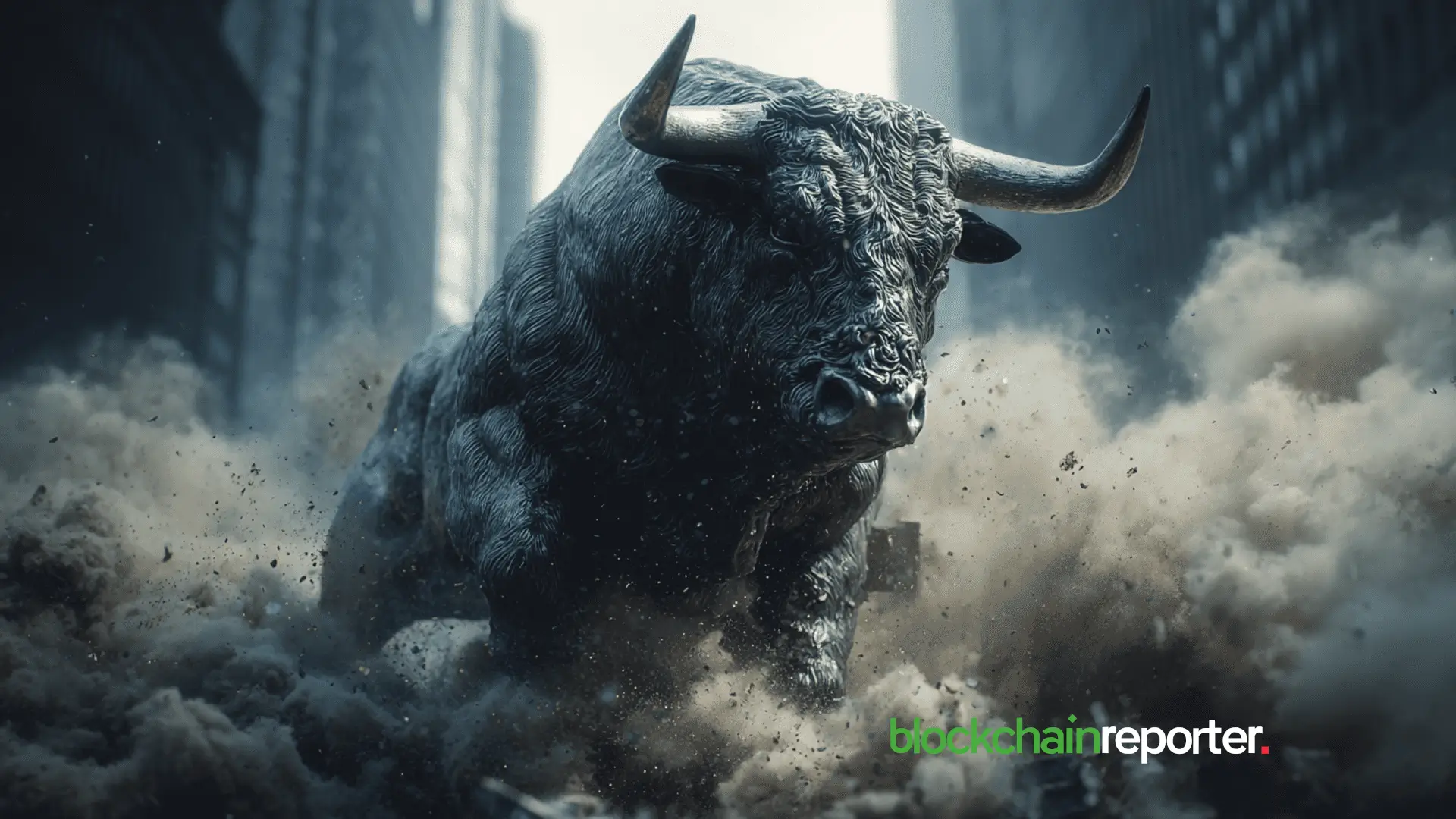After the ruling: how markets are positioning for a narrow Supreme Court tariff decision
The Supreme Court’s skeptical grilling of Trump’s tariff authority on November 5 sent a sharp signal to markets: broad emergency tariffs may not survive legal scrutiny.
Conservative justices pointedly questioned whether the 1977 International Emergency Economic Powers Act actually grants the president power to impose sweeping global duties, with Chief Justice John Roberts noting the law has never been used this way before.
Stocks rallied immediately, the Dow climbed 225 points (0.4%), the S&P 500 rose 0.3%, and the Nasdaq jumped 0.6% as traders priced in a likely narrow ruling that could unwind up to $89 billion in IEEPA tariffs without dismantling all executive trade authority.
But the “narrow” framing matters: alternative tariff statutes remain available, leaving policy optionality alive.
Immediate market mechanics: Who wins, who hedges
The hearing’s pointed questions handed a lifeline to importers and consumer-facing retailers already absorbing massive tariff costs.
Walmart and Target, which source goods globally, saw their equities gain ground as traders factored in potential refund opportunities and normalized procurement costs.
Automakers surged similarly; General Motors and Ford have each absorbed over $1 billion in tariff expenses since February, and a narrow ruling could unlock margin recovery worth billions.
Electronics manufacturers with Asia-heavy supply chains, semiconductor makers, and AI component suppliers rallied hard on the prospect of lower input costs, a critical reprieve in industries where speed and margin compression define competitive survival.
Yet the market’s excitement held a skeptical undertone.
Treasury yields ticked higher rather than plummeting, signaling sophisticated traders expect the administration to pivot toward alternative tariff authorities, Section 122 of the Trade Act, or Section 338 of the Tariff Act, which would let tariffs persist under different legal scaffolding.
Corporate hedging patterns reflect this caution. Importers are preparing dual scenarios: executing refund strategies while simultaneously positioning for tariff persistence.
Currency forwards, commodity futures, and selective options strategies are accelerating as businesses brace for extended uncertainty.
As one trade strategist summarized the tension:
The playbook: How traders and policymakers adapt before June 2026
The Supreme Court won’t rule until the term’s end, likely June 2026, a six-month window of acute uncertainty.
That timeline creates tactical flexibility but also an exhausting limbo for businesses managing supply chains and pricing strategies.
The Trump administration has already signaled its playbook: Treasury Secretary Scott Bessent declared tariffs “here to stay,” noting the government will simply switch to Section 122 or Section 338 authorities if IEEPA collapses.
This matters enormously. A narrow court decision striking down IEEPA won’t kill the tariff regime; it will merely force administrative routing through different statutes.
For traders, the hedging calculus tightens. Short-term put options on industrials make sense to protect downside if tariffs reaccelerate; selective long positions in exporters hedge the upside if IEEPA tariffs actually unwind.
Corporate Treasury teams are quantifying total IEEPA tariff spend since February, potentially tens of millions per firm, to model refund eligibility under various court scenarios and prepare recovery mechanics via Customs protests or post-summary corrections.
Policymakers face a narrower road. Congress remains inert; legislating trade authorities sits beyond immediate political appetite.
Instead, Treasury will tighten Section 122 and Section 338 definitions, using narrower legal hooks to reimpose duties if the court forecloses IEEPA.
The post After the ruling: how markets are positioning for a narrow Supreme Court tariff decision appeared first on Invezz
You May Also Like

Privacy Coins Rally Driven by Technicals, Narrative

‘Survival Mode’ Activated: Bitcoin Miners Struggle As Hashprice Collapses
